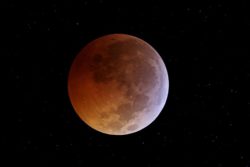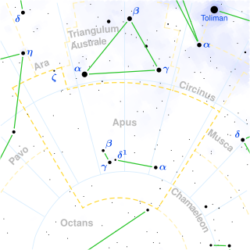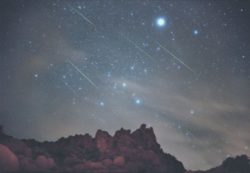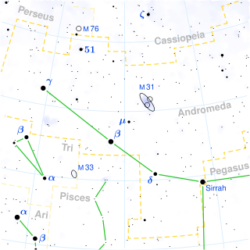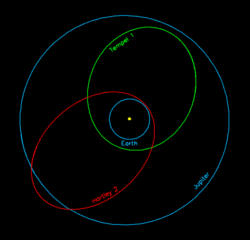Astronomy Picture of the Week – Whirlpool Galaxy
This image of the spiral galaxy M51, dubbed the Whirlpool Galaxy, was taken by NASA’s Hubble Space Telescope. M51 is a typical spiral galaxy which includes graceful, curving arms, pink star-forming regions, and brilliant blue strands of star clusters. It is located at a distance of approximately 31 million light-years from the Milky Way Galaxy in the constellation Canes Venatici. It is one of the most famous galaxies in the sky. M51 can easily be observed by amateur astronomers, and may even be seen with binoculars. Image Credit: NASA, ESA, S. Beckwith (STScI), and the Hubble Heritage Team (STScI/AURA)
Astronomy Picture of the Week – 2010 Lunar Eclipse
Last week, on December 21 we witnessed a lunar eclipse. Below are some pictures of the eclipse: Image Credit & Copyright: Chris Hetlage Image Credit & Copyright: Itahisa N. González (Grupo de Observadores Astronómicos de Tenerife) Credit & Copyright: Jerry Lodriguss (Catching the Light)
Apus Constellation
Apus is a faint constellation in the southern sky. Its name means “no feet” in Greek and it represents a bird-of-paradise, which were once believed to have no feet. It was one of the twelve constellations created by Petrus Plancius in the late 16th century. The first known depiction of the constellation in a celestial atlas was in Johann Bayer’s Uranometria of 1603. Bird-of-Paradise after which the Apus constellation was named. Credit & Copyright: Roderick Eime. For more constellations see the Constellations Guide.
Introduction to Astronomy – Apparent magnitude
Yesterday I have used the term “apparent magnitude” in my article about the Antlia Constellation. Since some of you may be new to astronomy, I decided to start a new series of articles to introduce you to the topic. Each article of the series will focus on one scientific term used in astronomy. The series will not be a regular one: I will only write an article after using a complicated astronomy term that some of you would need me to explain. Definition The apparent magnitude (noted as m) of a celestial body is a measure of its brightness as seen by an observer on Earth. Since the apparent brightness…
Antlia Constellation
Antlia is a constellation in the southern sky and therefore has been unknown to the ancient Greeks and Romans. Its name means “pump” and it specifically represents an air pump. It was created by the French astronomer Abbé Nicolas Louis de Lacaille, who created fourteen constellations for the southern sky to fill some of the faint regions. He originally named it Antlia pneumatica to commemorate the air pump invented by the French physicist Denis Papin. It was later adopted by the International Astronomical Union as one of the 88 modern constellations under the shortened name of Antlia. Main Stars and Deep Sky Objects The Antlia constellation has no bright stars.…
Astronomy Picture of the Week – Leonid Meteor Shower
Today is the peak of the Leonid meteor shower. It is one of the best meteor showers to watch because it produces an average of 40 meteors per hour during the peak. All meteors seem to come from the Leo constellation, hence it’s name. This picture features a few meteors from the 2001 Leonid meteor shower streaking over Joshua Tree National Park in California, USA. Image credit & copyright: Wally Pacholka (Astropics) & Tony Hallas (Astrophoto) Unfortunately for me the weather is really bad where I live: it is really cloudy with intermittent rain. So I hope some of you had better luck!
Andromeda Constellation
Andromeda is a constellation in the northern sky. It was one of the 48 constellations listed by the 2nd century astronomer Ptolemy, and it remains one of the 88 modern constellations today. The Andromeda Galaxy is named after the constellation, as it appears within its boundaries.
Hartley 2 Comet
Comet Hartley 2 has made it to the news recently: first because of the comet's flyby near Earth and then due to it being visited by the Deep Impact spacecraft.
Astronomy Picture of the Week – Venus: Earth’s Cloudy Twin
Discover Venus, Earth's sister planet, in this captivating image by Galileo spacecraft. Learn about its extreme conditions and unmatched brilliance in the sky.


